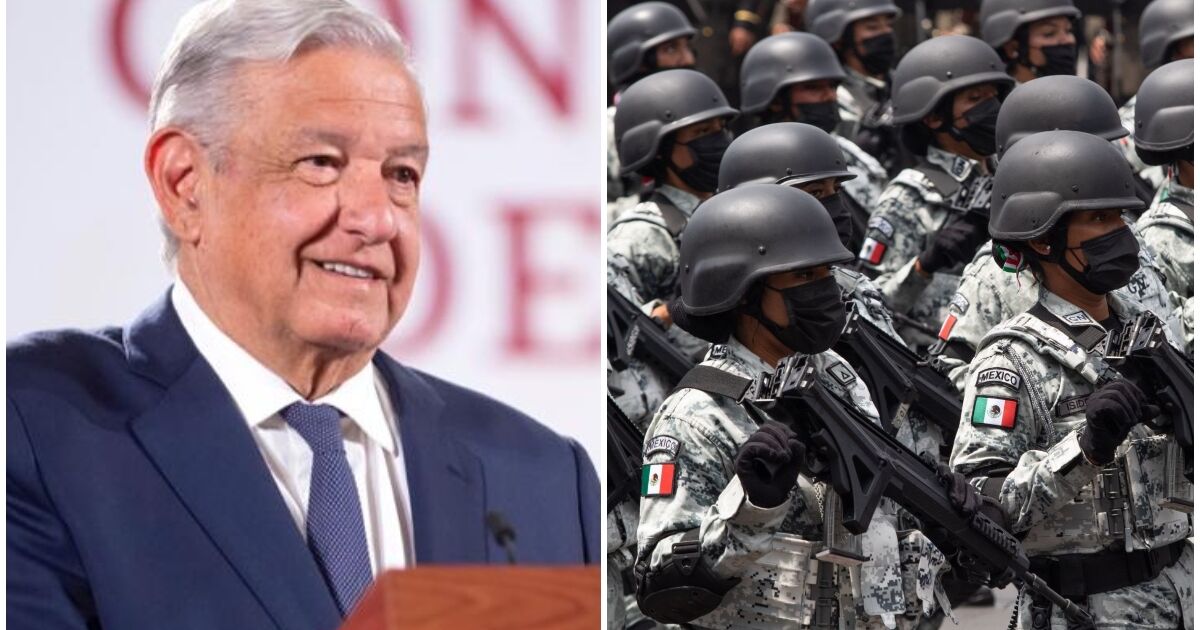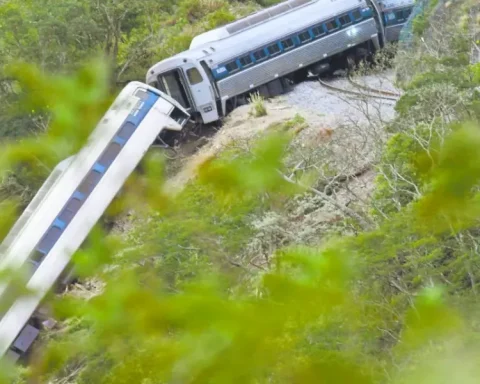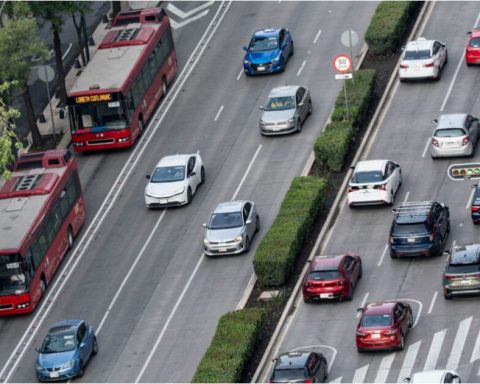Given that the SCJN has been an accomplice of the Executive -by failing to resolve actions of unconstitutionality by both the GN and the Army in security tasks, filed by legislators and local governments-, there is a high probability that the ministers allied with the president will defend the decree .
López Obrador will follow the same route as the Electricity Law with the National Guard
(3) Beyond the legality of the project, is it convenient for the GN to join the Sedena? Does this institutional architecture guarantee to improve the fight against crime? Nothing points to a yes.
In the last three federal administrations, the militarization of security has been increasingly frequent, while crime and violence have grown. In fact, it has been proven that the greater the military presence, the greater the violence in the territory.
As an example we can take the intentional homicide rates of this first semester of the year; The six entities with the greatest presence of federal forces are also those with the highest proportion of victims of intentional homicide in the country: Colima, Baja California, Zacatecas, Michoacán, Sonora, are respectively the most violent entities in the country -and by the way, all of them governed by Morena-.
In addition, although the president affirms that, unlike in the past, neither the Army nor the GN violate human rights, official data from the CNDH and the FGR show that in the first 42 months of this government, complaints of torture, rape serious human rights violations and enforced disappearances by federal forces have increased significantly.
In other words, if the command of the GN is legally transferred to the Sedena, it is more likely that there will be more crimes and more human rights violations.
(4) The president’s insistence on transferring the GN to Sedena -whether by decree or constitutional reform- is due to two aspects: (I) the risk that at the end of his six-year term he will not be able to fulfill his promise to build a GN that has with 175,000 elements and (II) use this issue as a distraction from the serious problems and undeniable failures facing his government.
The GN only has 20,000 positions, the other 100,000 that the federal government reports are actually from the Sedena and, according to what is in law, they must return to the Army at the end of the six-year term.
For this reason, López’s urgency, if he does not manage to transfer the GN to Sedena, he will deliver an institution with only 20,000 elements and not the 175,000 that he promised.
If something is undeniable, it is that the president is a great communicator for the masses and a great strategist to distract.
While the debate on the fate of the GN occurs, the president can put aside the uncomfortable “results” of his government: the country is doing very poorly in the economy, inflation, health, international trade, education, the environment, poverty, violence, corruption and impunity.














